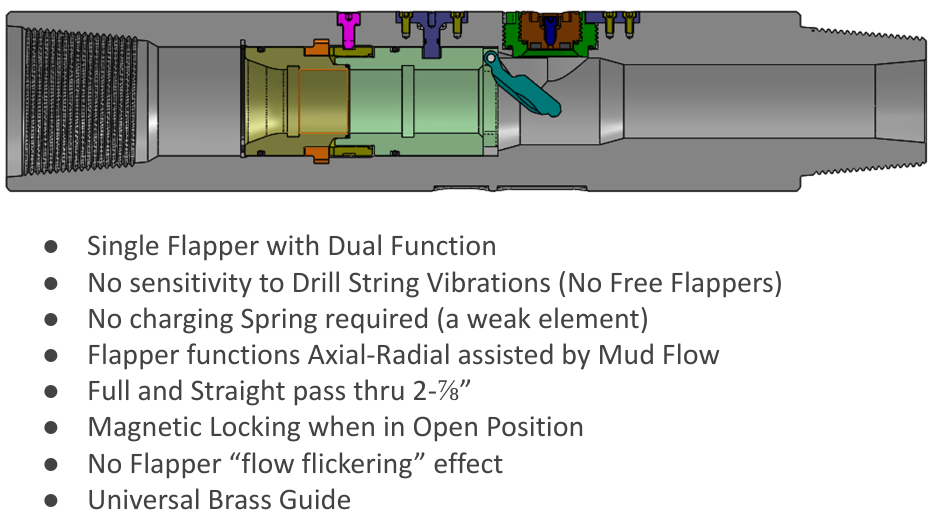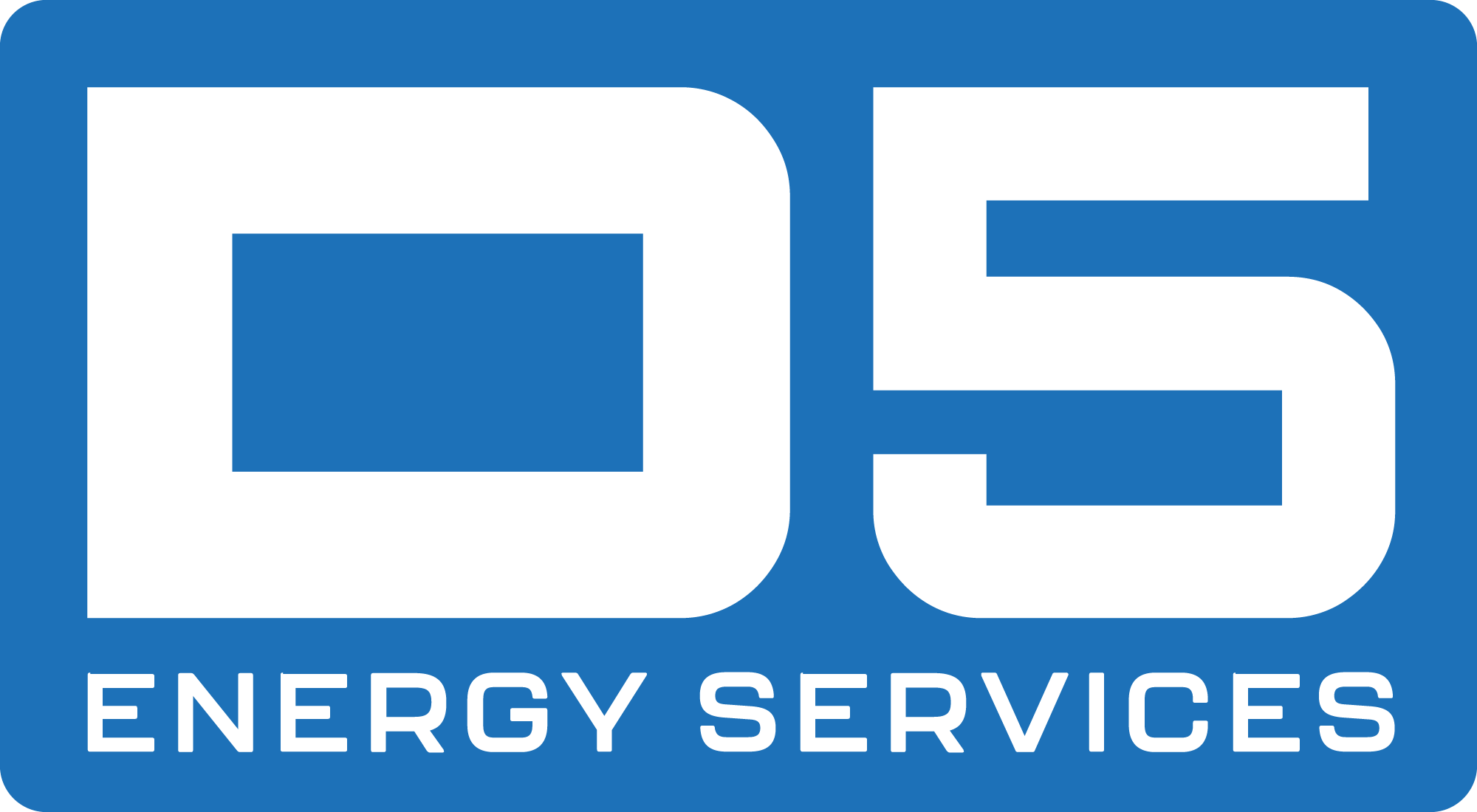Services for
Geothermal & Oil&Gas
Air/Mist/Foam and Aerated Fluids Drilling
We at D5 Energy Services have more than 25 years of experience in all facets of the technique that is commonly called “air drilling”, which includes mist drilling, foam drilling and aerated fluids drilling. We know the challenges that operators face in the challenging hole and reservoir conditions they encounter, regardless of hole size and depth, top hole or reservoir, geothermal or oil/gas.
Air Drilling
Air drilling is a technique that is most suited for dry hard rock formations and in combination with percussion air hammers. High volumes of low-pressure air is used in place of conventional drilling fluids to circulate the wellbore clean of cuttings.
The amount of air that is required to clean the hole depends upon the hole size, degree of water influx and to a lesser degree the hole depth.
This method is also called “Dusting” due to the finely ground rock cuttings that exit the return flow line, also called the “Blooie Line”. Dust drilling is often used as another term for air drilling, it provides an ideal environment for use with air hammers for maximum penetration rates. Switching to mist or foam drilling would allow continued air drilling in the presence of water.
The main advantages of Air Drilling
- Increased penetration rates over other air assisted systems and drilling fluids, in many cases 2 - 5 times higher. This usually improves even more by using air hammers.
- Elimination of mud losses into low-pressured formations.
- Continuous well test when drilling into gas zones; a real time indication of contact with the pay zone.
- Formation damage is minimised since the lack of hydrostatic pressure prevents rock cuttings from being injected into the rock matrix.
- Extended bit life since the compressed air cools the bit and quickly transports the cuttings away from the drill bit’s cutting structure.
- The disadvantages of air drilling can be its inability to handle formation fluids or to contain sloughing shales, thus reducing its application to consolidated “hard rock” country applications where there is little to no fluid influx. Also very large numbers of compressors would be required to drill larger hole sizes, which may be drilled more effectively using foam or aerated fluid.
Mist Drilling
Mist drilling is essentially air drilling with injection of small amounts of liquid, generally water, foaming agent and chemical inhibitors. The water and foaming agent mixture is added to the air stream at the drilling surface at a controlled rate to improve annular hole cleaning. Air volumes are increased (typically 30-40% more air required) and a mist pump is used to inject small quantities of a solution of water and foaming agent. This solution entraps the water influx and enables the air phase to lift the cuttings and influx to the surface. Without the addition of surfactant, wet cuttings may otherwise coalesce and form a “Mud Ring” in the annulus, usually just above the drill collars where velocities are reduced, resulting in lost circulation, stuck pipe, and/or downhole combustion.
The annular pressure increases in mist drilling, so the rate of penetration will usually be lower than in dust drilling. In mist drilling, the rate of penetration is higher than in conventional mud drilling, drilling can proceed while producing fluids, hold cleaning capacity improves, risk of downhole fires decreases, and no nitrogen is needed. But the penetration rate is still slower than in dust drilling and large water influxes makes misting uneconomical. If large liquid influxes are encountered, foam or aerated mud drilling are more viable options.
Foam Drilling
In foam drilling, water, foaming agents, air and usually viscosifying agents are combined to create a stiff foam. The foam is then circulated as a drilling fluid. The consistency of this “foam fluid” is much like shaving cream with an interlocking bubble structure of encapsulated air providing a lifting capacity superior to that to any drilling fluid. The cuttings carrying capacity is 6-7 times greater than dust drilling, and the required annular velocity for optimum hole cleaning is significantly lower. The lower air volume equals less air equipment is required than in dust or mist drilling. Holding back pressure on the annulus can reduce water influx and/or maintain hole wall stability.
Foam drilling is especially suitable for drilling large holes in formations that are prone to lost circulation. Foam is generated at the surface by mixing the air from the compressors with a foaming solution from the mist pump.
The adjustment of the Foam Quality (gas/fluid ratio) in conjunction with a back pressure valve allows the operator to produce a bottom hole pressure equivalent to a circulating fluid weight in the range 0.2 to 0.8 s.g.
Aerated Fluids Drilling
Aerated fluids drilling is a technique whereby gas is injected into a column of unweighted drilling fluid (water-, oil-, or synthetic based) to reduce its specific gravity (s.g.), to as low as 0.6. The air or nitrogen can be injected directly into the standpipe, using parasite string, or using concentric casing strings.
If there is a chance that hydrocarbons (oil, gas) may enter the wellbore then the gas used is usually membrane nitrogen or
possibly natural gas from a nearby pipeline or producing wells. If no hydrocarbons are to be expected, such as on geothermal wells, then air can be used.
Aerated drilling can be used with most types of drilling fluids, allows for the adjustment of bottomhole pressures by changing the gas injection rates, and increases penetration rates by lowering the annular pressure on the formation.
Continuous Circulation
D5 Energy Services continuous circulation system (CCS) enables continuous circulation during the drill pipe connection process for drilling, while tripping narrow pressure window wells and for providing continuous hole cleaning. By maintaining constant circulation of drilling fluid, operators can keep their rig pumps on while adding and removing drill pipe. With continuous circulation, there is no interruption to the flow of drilling fluid into the well throughout the process of adding drill pipe joints to—or removing these joints from—the drill string. This unique technology solves many potential problems; in particular, it helps maintain flow through continuous hole cleaning and solids transport.


